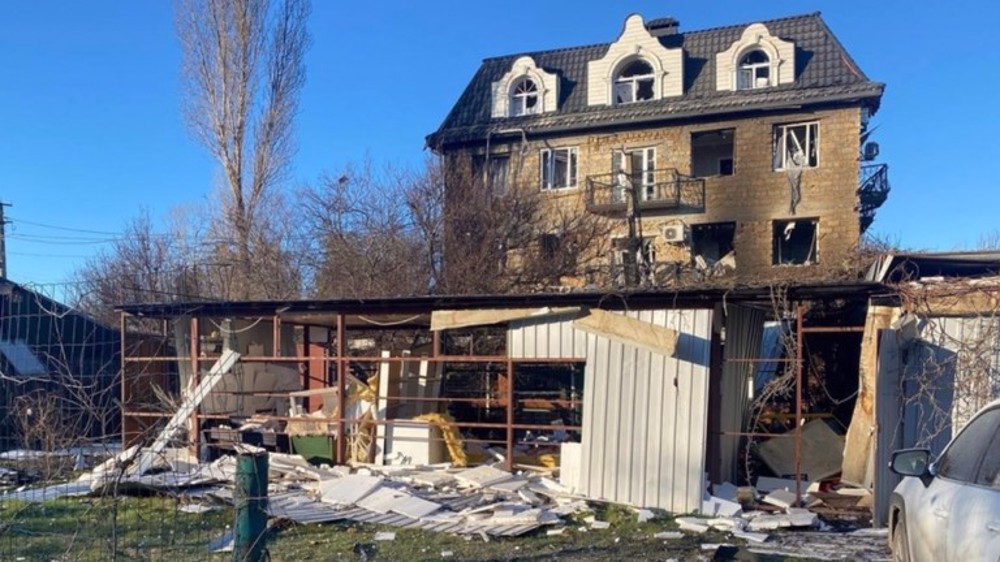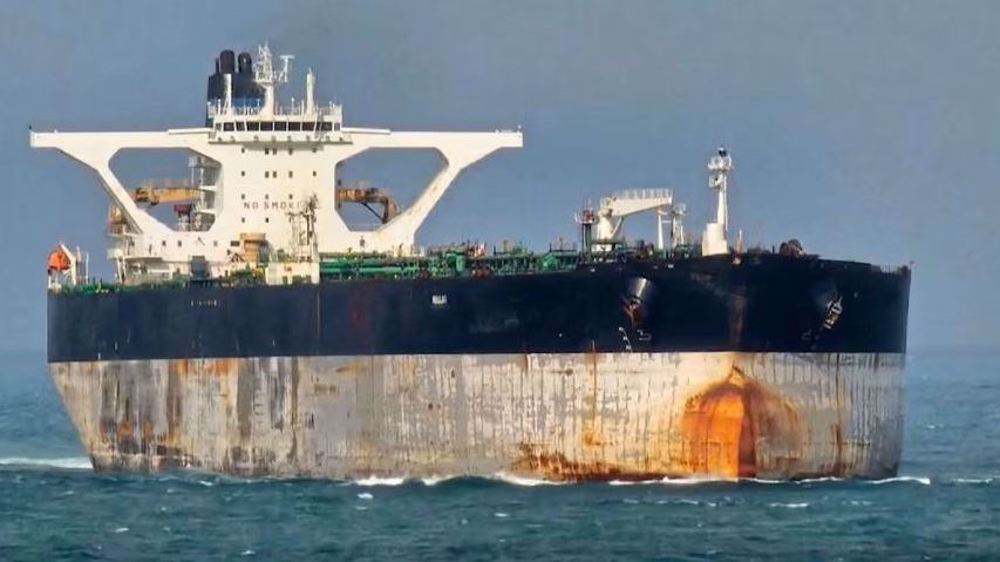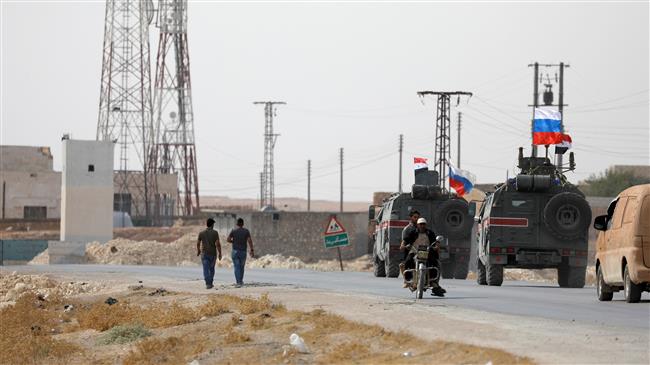Russia test launches nuclear capable missile systems in Arctic drill
Russian President Vladimir Putin has observed live launches of intercontinental ballistic missile systems that can carry thermo-nuclear warheads during a military drill across the country’s arctic region.
The president visited the national defense control center in the capital Moscow on Thursday to watch a video transmission of the launches of the intercontinental ballistic missile systems, known as RS-24, RSM-50 and Sineva, according to the defense ministry.
The systems simultaneously employed more than 200 launchers.
The test launch came during a military drill that involved 12 thousand Russian troops, five nuclear submarines, 105 aircraft and 213 missile launchers in Russia's west Arctic seaports.
The war game, dubbed the Grom-19 or Thunder-19, came to an end on Thursday.
During the viewing, Putin was accompanied by his defense minister Sergei Shoigu, who said the armed forces were simulating “tasks in an armed conflict and nuclear war.”
Shoigu said that the armed forces were deploying “highly accurate nuclear weapons and weapons based on new physical principles.”
He explained that cruise and ballistic missiles were fired from the Barents Sea and the Sea of Okhotsk by submarines of the northern and Pacific fleets.

They landed on target at the Kura missile test site in far eastern Kamchatka and the Chizha test site in northwestern Russia, he added.
The drill was carried out in both the European Arctic and in the Far East, the region which is considered as of key national interest by Moscow.
Russia has recently been increasing its presence in the Arctic as melting ice opens shipping lanes and reveals incredible riches.
Earlier this year, it launched the world’s first floating nuclear power plant to a remote Siberian town near the US state of Alaska.
Back in April, Putin put forward a program to build ports and other infrastructure in the Arctic and expand its icebreaker fleet.
He said at the time that Russia plans to dramatically increase cargo shipments across the Arctic sea route.
The US, in the meantime, was planning what it dubbed as “freedom of navigation” operations — similar to those in the South China Sea— to increase its presence in the North Atlantic and Arctic.
President Donald Trump also floated the idea of purchasing Greenland, the autonomous Danish territory, which is located between the North Atlantic and Arctic oceans.
China, as anther world power, on the other hand is not currently planning for a military presence in the region. It has, instead, focused on energy and resources, via investment in Arctic countries.
The current race for increasing presence in the region comes as the North Pole is plagued by an unprecedented heat-wave, which is threatening a global rise in sea levels.
Maduro’s abduction: China says US cannot act as world’s ‘police’ or ‘judge’
VIDEO | Australians protest over US action in Venezuela
Cuba declares national mourning for 32 citizens killed in US raids on Venezuela
Iran: US must release kidnapped Venezuelan president
After US aggression against Venezuela, Mexico could be next: Report
Qalibaf: Protesters must be heard but foreign-linked agitators will be dealt with
VIDEO | German government refuses to condemn US aggression against Venezuela
Venezuela’s acting president calls for peaceful coexistence, dialogue with US












 This makes it easy to access the Press TV website
This makes it easy to access the Press TV website